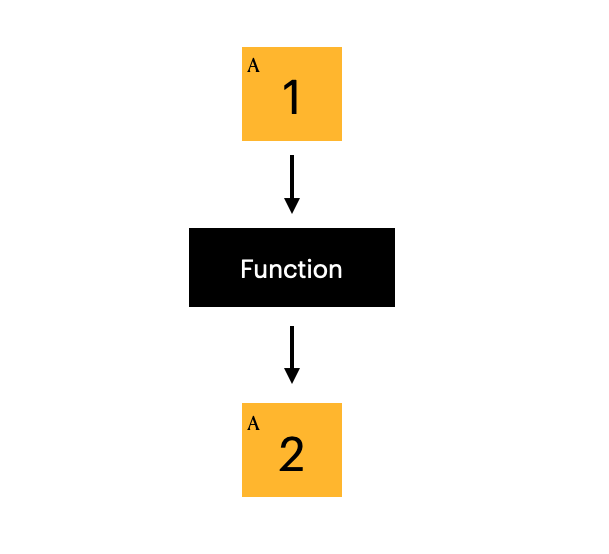In Swift, inout parameters allow you to change an input passed into a function.
For instance, let’s create a function that changes the original value of a number variable:
func change(_ number: inout Int){
number = 2
}
var number = 1
change(&number)
print(number)
In this guide, you learn why inout parameters are needed in Swift and how they work.
Swift Function Parameters Cannot Be Changed
In Swift, changing the value of a parameter passed into a function is not possible. This is because a function argument is a constant, and constants cannot be modified.
For example:
func change(_ number: Int){
number = 2
}
var number = 1
change(number)
print(number)
This results in an error:
main.swift:6:5: error: cannot assign to value: 'number' is a 'let' constant
This error says exactly what I told you above. You cannot modify a constant.
However, oftentimes it can be useful if you can change the parameter passed into a function.
As it turns out, this is possible by using inout parameters in Swift.
Inout Parameters in Swift
An inout parameter is a special type of parameter that can be modified inside a function and the changes apply outside the function.
Here is an illustration of a function that takes a number A as an inout parameter and modifies it:

To turn a function parameter into an inout variable that can be changed inside a function:
- Change the parameter to an inout parameter using the inout keyword modifier.
- Use & when passing an argument into the function call.
Example
For instance, let’s write a function that takes an argument that gets updated in the function:
func change(_ number: inout Int){
number = 2
}
var number = 1
change(&number)
print(number)
Output:
2
As you can see, we change the number input inside the function, but the change is visible outside the function as well.
Conclusion
Swift inout parameter is a parameter that can be changed inside the function where it’s passed into.
- To accept inout parameters, use the inout keyword in front of an argument.
- To pass a variable as an inout parameter, use the & operator in front of the parameter.
Thanks for reading. Happy coding!
